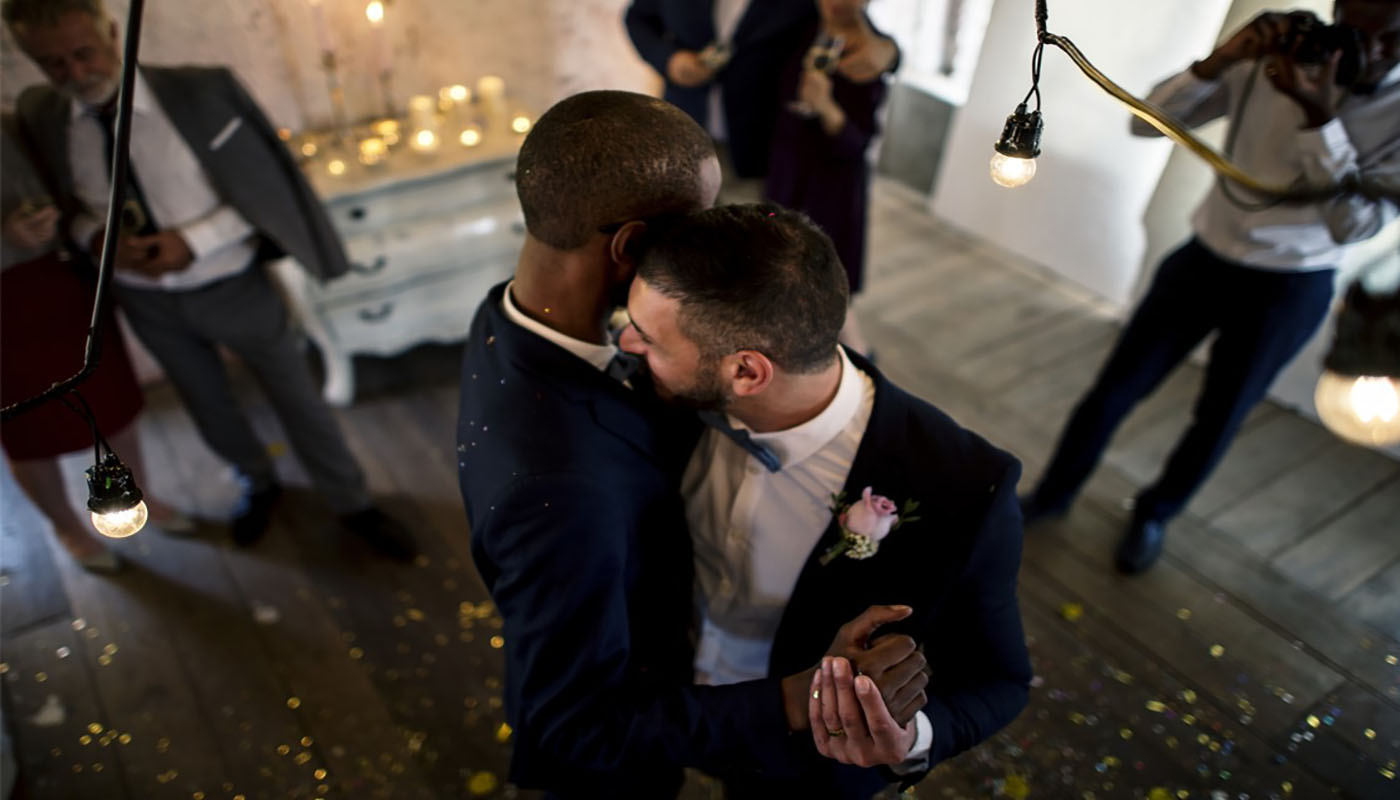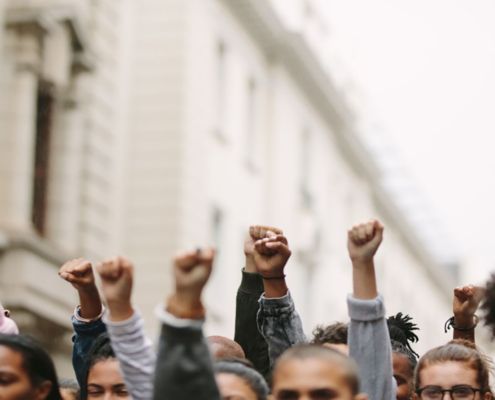What Is the Difference Between Civil Liberties and Civil Rights?
Both terms are used interchangeably by the general public, and the distinctions are often blurred, but legally, they have two very different meanings. A civil liberty is legal protection against government action. An example of a civil liberty is the right to practice any religion free from government interference given by the Bill of Rights.
A civil right requires the government to take action to create equality for all Americans. The government is required to take action to ensure that the democratic majority does not outvote and therefore threaten the rights to equality of minorities.
To summarize the definitions, a civil liberty protects American citizens from government action that would take away their freedoms. A civil right is that which requires the government to take action to protect Americans from violation of their legal rights. This article will explain if some of the common rights that Americans have is civil liberties or civil rights.
What Is a Civil Right?
A civil right is a law or regulation that protects American citizens from being discriminated against based on certain characteristics. The most common example of this is employment law, but it also protects aspects such as access to education, public facilities, and housing. The federal government establishes civil rights laws like the ADA, but a state may also provide additional civil rights laws to protect its citizens.
What Is a Civil Liberty
A civil liberty is freedom and rights provided to all American citizens to stop government bodies from interfering with the freedoms of its citizens. Most of the Constitution and the Bill of Rights deals with civil liberties.
Examples of civil liberties:
- The right to a fair trial
- The right to free speech
- The right to vote
- The right to marry
What Is the Difference Between a Civil Right and a Civil Liberty
Civil liberties are the basic freedoms provided to all Americans to protect them from government interference. A civil right is provided to the minority groups to protect them from discrimination from the majority. It protects people with protected characteristics from being discriminated against for those protected characteristics.
Here are two examples:
- An employer that does not give someone a promotion because they are not suited to the role is not violating civil liberties or civil rights. If they refused to promote a woman on the basis of their gender, then it is a civil rights violation because gender is a protected characteristic.
- A court clerk decided not to issue a marriage license to a heterosexual couple; this is a civil liberties violation because the right to marry is a civil liberty. If the court clerk decided not to issue a marriage certificate to a same-sex couple, then this is a civil rights violation because the court clerk is discriminating against a protected class.




